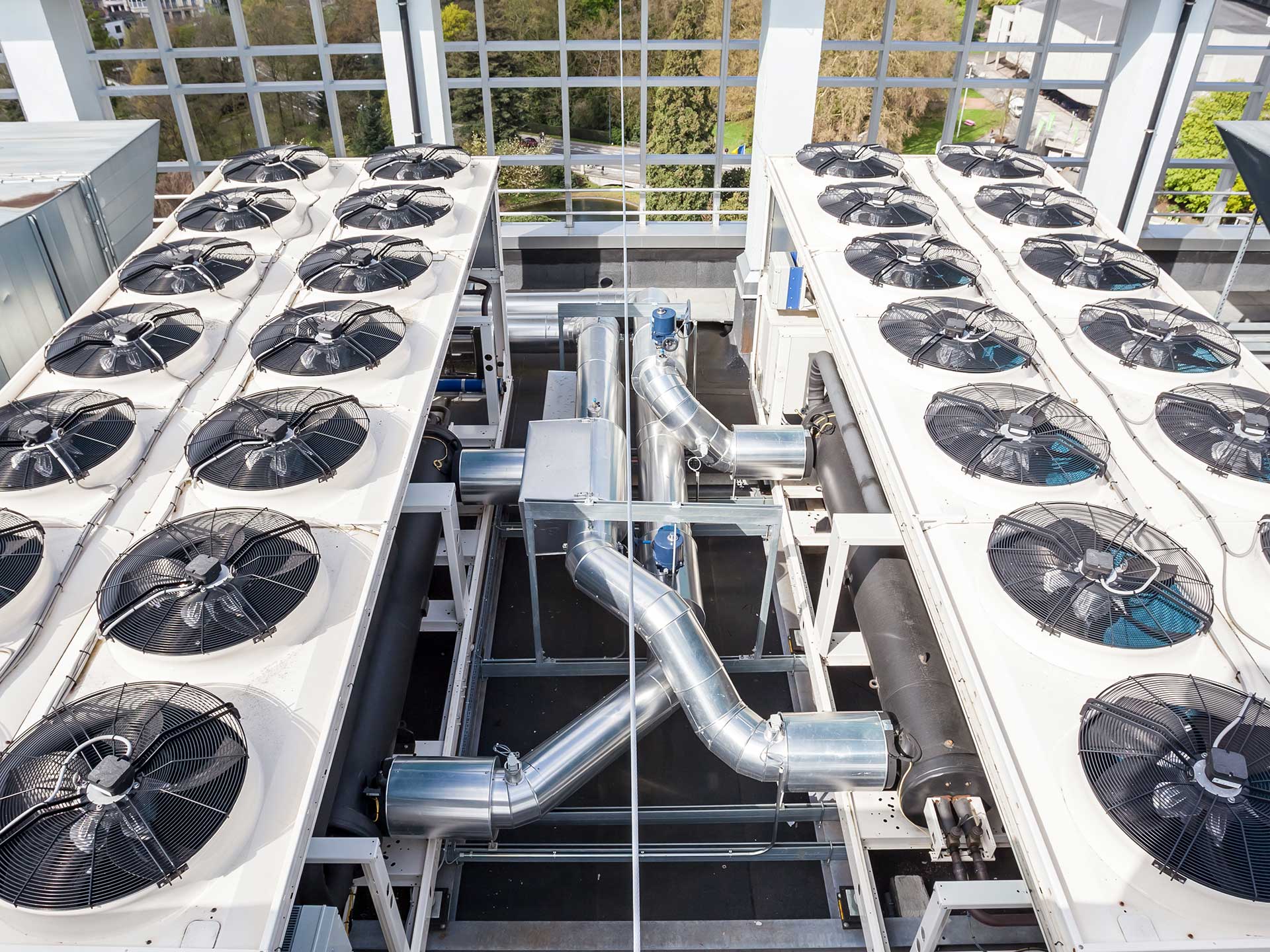A thermodynamic cycle is a series of processes that pass through equilibrium thermodynamic states, and return to the initial state. Now that the processes that describe important devices and the efficiencies of these devices have been defined in Chapter 7, we can proceed to combine the processes (devices) to make practical cycles.
Many important engineering systems operate on repeating cycles. The objective of the cycle may be to convert some of the heat transfer entering the system into work output (a heat engine), as in internal combustion engines, steam power plants, and various external combustion engines. Other cycles use work input to drive heat transfer from a low temperature reservoir to a high temperature reservoir (air conditioners, refrigerators, chillers and heat pumps.)
The application of thermodynamic cycles has transformed the way we live. In this chapter we will discuss what a thermodynamic cycle is and how many of these cycles are used in our everyday lives. Thermodynamic power cycles are used in heat engines and produce mechanical power by converting thermal energy into work (examples pictured above). Thermodynamic cycles are also used in refrigerators, air conditioners and heat pumps to move thermal energy from a cold source to a hot sink. We will first develop the concept of thermodynamic cycles using power cycles and then apply this knowledge to the thermodynamic cycles used in heating and cooling applications.
